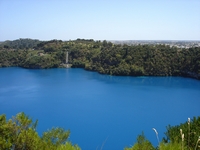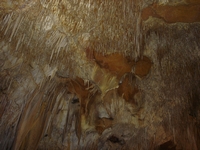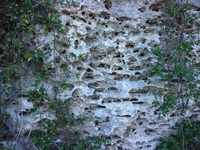Australia So Much to See


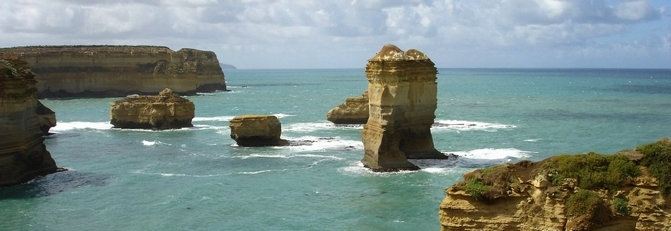
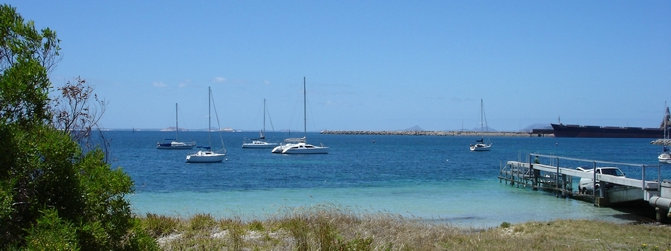
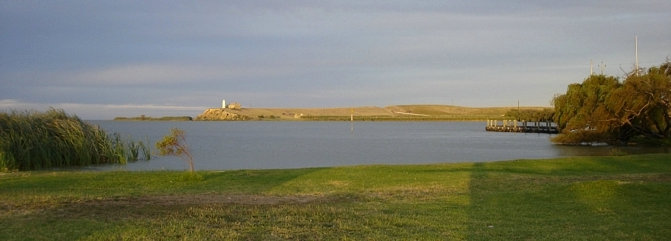
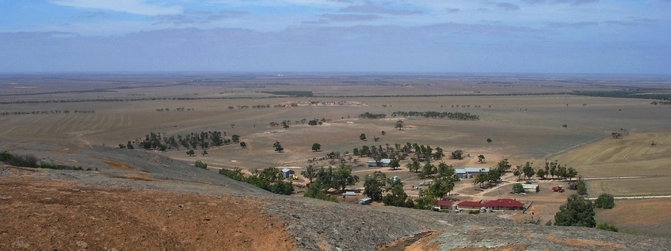
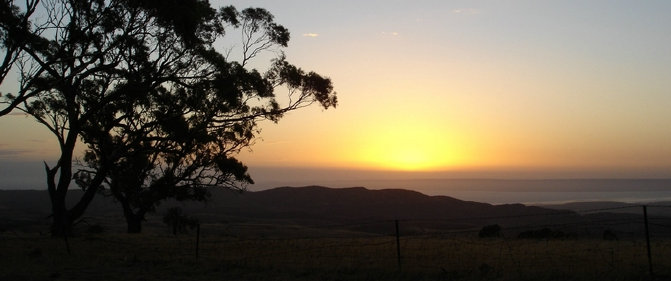
We left home in January 2006 for our planned tour of
Along the
way we visited the
In
In
Due to unseasonal rain and flooding from cyclone Clare, in particular around the
A check with Main Roads two days before we left confirmed we could not go through or near
We spent a night at the Stokes
Inlet campground; in the National Park which we had bypassed on our tour the previous year.
Turquoise seas and wind farms on
the Esperance coastline.
From Esperance we headed north to Norseman then east to Balladonia and the
Continuing into
We climbed Mount Wudinna on a very windy
day, as we missed this on our 2005 Granite Monolith tour. When back on the
After going through Port Augusta our Patrol slowed before we even got to the Horrock’s Pass with the turbo temperature climbing; not
a good sign. We crawled up the pass very very slowly, fearing we would not make it to the Spirit of Tasmania. Taking the
eight kilometre track into Hancock's Lookout for lunch we stayed on, unable to ascertain the cause of our mechanical problem. We enjoyed views across the
We then went to
After delaying our trip for a couple of most
enjoyable days with our friends, is was time to leave our wonderful hosts and head south.
Typical of so many ruins, where farms were opened up with 100 acre holdings which proved non viable, stone walls remain, dotting the
landscape like memorials to the hardships suffered by early farming families in this dry state.
We stopped at Burra; a beautiful
old town in a historic copper mining region. A well signed walk trail shows remnants of the old mines, mining town and processing
works spread over the hill. The present town along Burra Creek has been attractively set out, with lots of creek side parks.
Our first glimpse of the mighty
Most river crossings are by ferry. We
crossed by ferry to the Narrung Peninsula, where we watched the sun set over the lake from a lovely grassy free camping area at the
water’s edge.
Looking across the lake, the setting sun lit up the old Point Malcolm lighthouse marking the channel between Lake Alexandrina and Lake Albert and the keeper’s cottage alongside. It was the only inland lighthouse and at seven metres height, Australia’s smallest lighthouse. It operated from 1878 to 1931. There is a small cool cave at the base of the cliff and this was used to store surplus food crops grown by the lighthouse keeper to be taken by boat to other settlers.
The sunset across the water was
just beautiful as the colours changed from lilac and pink to vivid orange and yellow.
People fishing from the Narrung jetty caught
only the dreaded Carp.
The Narrung Peninsula is almost an island, dotted with jersey cattle studs. Being on the edge of the Coorong, we saw an abundance of birdlife.
The Coorong is a body of water 130 kilometres long, stretching southwards from the mouth of the Murray River and protected fom the ocean by the narrow band of sand dunes known as the Younghusband Peninsula.
Further
down along the Coorong at Policeman Point, we camped at the best caravan park we have seen, which was spacious, very well appointed
all at a very reasonable cost. Unfortunately this caravan park was soon to go to make way for residential development.
Beyond Robe was a huge
Heading further
along the coastal route we drove into Beachport; a coastal town with the second longest jetty in
A little further east is the Tantanoola Cave; a beautiful small dolomite cave hidden in
a textured limestone cliff, which was discovered by chance in 1930 by a boy from the homestead at the base of the cliff, when chasing
rabbits. We first walked over the top of the cave, with views across the pine plantations which are frequent in the region,
and to a wind power farm. The cave is rich in delicate ‘straw’ stalactites. The main part of the cave is wheelchair accesible.
High on the hill in Mount Gambier is the famous
Being a town in the midst of pine plantations, there is a paper mill at
Travelling on through an
area of predominantly pine forests, we crossed the state border into
